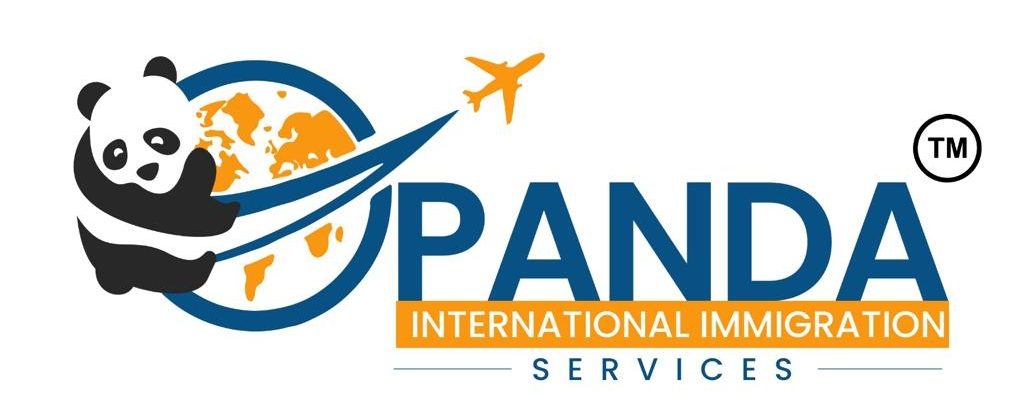Dubbed the ‘e-student visa’ and ‘e-student-x visa,’ these new visa options are exclusively available to applicants using the government’s ‘Study in India’ portal.
International students registered on the SII portal are eligible to apply for the e-student visa. Additionally, dependents of e-student visa holders can secure an e-student-x visa.
“Students from neighbouring countries like Nepal, Bhutan, Bangladesh, Sri Lanka, and African nations stand to benefit significantly from the introduction of special category visas,” said Abhijit Zaveri, founder and director, Career Mosaic.
“The recent allowance for international universities to set up campuses in GIFT City further strengthens India’s position as a global education hub, offering students access to world-class education locally.”
This initiative, designed to simplify and streamline the admission process, mandates that all visa applications be processed through the SII portal.
Students from neighbouring countries like Nepal, Bhutan, Bangladesh, Sri Lanka, and African nations stand to benefit significantly from the introduction of special category visas
Abhijit Zaveri, Career Mosaic
Applicants must apply at indianvisaonline.gov.in, where their SII ID will be used to authenticate their admission and visa requests.
To proceed with a visa application, students must first receive an offer of admission from one of the SII partner institutions.
The e-student visa is available to foreign nationals enrolled in full-time undergraduate, postgraduate, doctoral, or other formal academic programs at recognised institutions in India.
These visas are valid for up to five years, depending on the length of the course, and can be extended as required. Visa holders can enter India through any immigration checkpoint.
According to Supriya Mathew, vice president, international affairs, Dayanand Sagar University (DSU), the special category visas can help in considerably reduce the amount of paperwork and confusion that international applicants might frequently experience in India.
“This will increase our university’s accessibility and appeal to students from a variety of geographic areas, especially those where visa requirements are currently an obstacle,” Mathew told The PIE News.
The SII portal, a flagship initiative by the Ministry of Education, connects international students with premier Indian educational institutions.
Offering over 8,000 courses in disciplines ranging from engineering, management, and sciences to arts, law, paramedical sciences, and niche fields like Yoga and Buddhist Studies, the portal provides a centralised platform for admissions.
The SII platform features more than 600 partner institutions, offering programs at undergraduate, postgraduate, doctoral, and certification levels. This diversity enables students to choose courses tailored to their academic interests and career aspirations.
According to the AISHE 2021/22 report, 46,878 students from 170 countries are currently enrolled in Indian educational institutions.
The largest representation of foreign students comes from Nepal (13,126), followed by Afghanistan (3,151), the United States (2,893), Bangladesh (2,606), and the UAE (2,287).
“To become a major study destination, India can focus on expanding infrastructure for international students, enhancing cultural exchange programs, and promoting greater collaboration between Indian and global institutions. Strengthening post-study opportunities and clearer visa pathways will also contribute to solidifying India’s reputation as a global education hub,” said Aritra Ghosal, founder, OneStep Global.
“We are keen to work alongside the Study in India initiative by partnering with Indian universities to streamline student engagement, enhance outreach, and promote India as a destination of academic excellence.”
With international students hailing from countries such as Madagascar, Sudan, Syria, Nepal, Bhutan, the USA, UAE, and Oman, DSU boasts a diverse international student body.
Mathew highlighted that alongside this diversity, there are key challenges that require government intervention and the establishment of supportive systems.
“The biggest challenges in attracting international students include complex visa and immigration policies, which, coupled with restrictive stay-back options, can deter applicants. Affordability concerns for students from developing countries, global recognition of universities, and cultural adaptation are some of the other obstacles,” said Mathew.
“Addressing these challenges requires proactive government support through flexible visa policies, streamlined immigration processes, robust scholarship programs, and fostering partnerships between universities and global academic institutions.”
The post Special category visas announced for India-bound int’l students appeared first on The PIE News.

